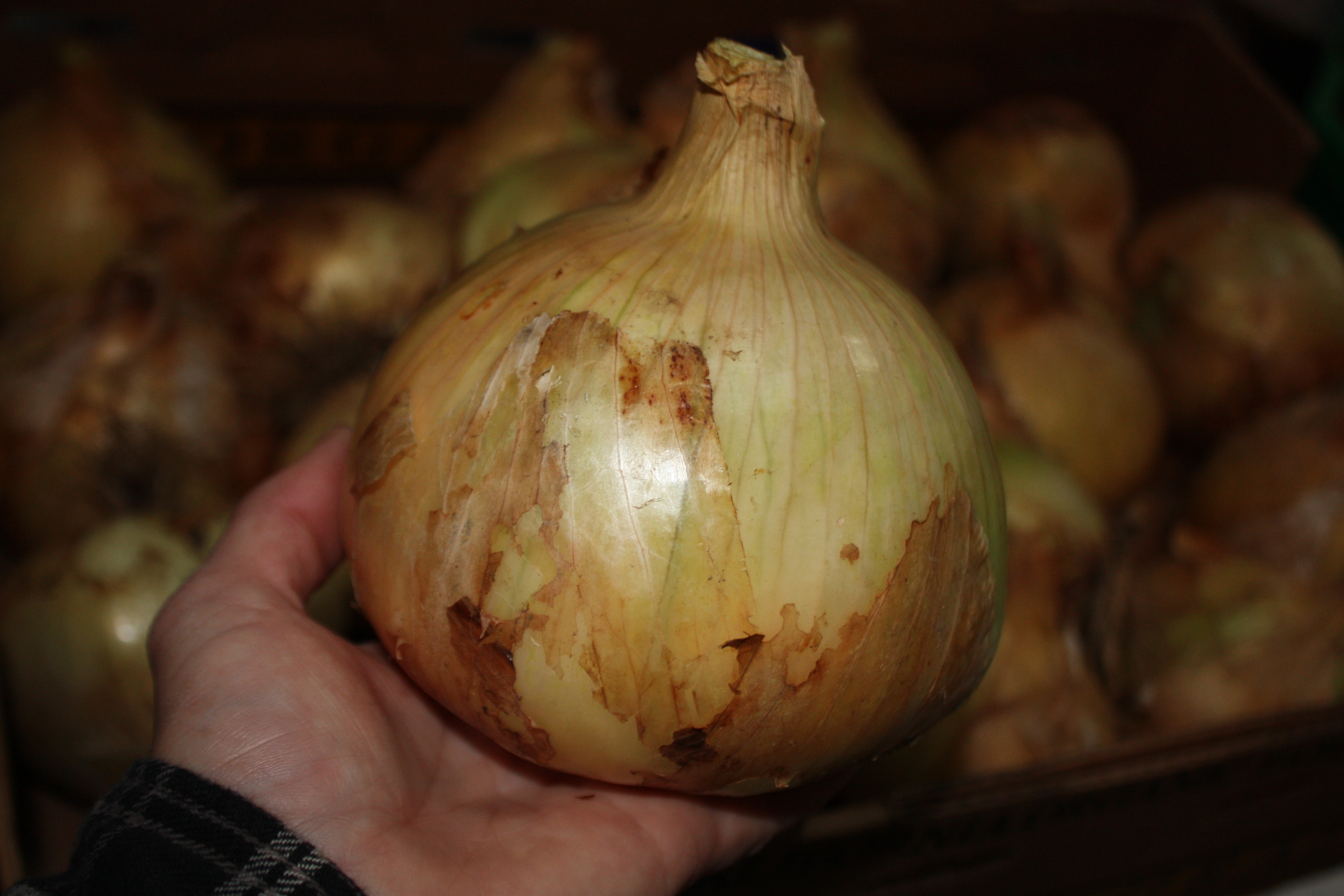Jack
By Barry New
I wanted to write an article about beans. Then I realized that I wrote my best thoughts two years ago. But I still wanted to write more. I include here a story that might bring it all back home.
Thirty four years ago I moved to Sheffield, in 1988, and right away I signed up for an allotment. It came through shortly after that. It became a retreat from my busy working life and an oasis from urban concerns. I had had it for 20 years before I gave it up to return to Canada. Fortunately, my neighbour from that time, Jack, adopted it and most of my plantings. Seeds from that plot were part of my baggage when I came through Canadian customs in 2008. (That is another story!)
Anyways, I was fortunate to be able to revisit Sheffield last October, 2022, after a five- year gap to reconnect with my oldest/best friends. One special day, I sauntered among the many allotment sites on Sheffield’s outskirts. I didn’t know what to expect after being away for 15 years but at my old plot I saw someone moving amongst the overgrowth. It was Jack!
We had first met 33 years before and he had kept my old plot. Some of my trees were still there and my old shed. It was late in the season and he was harvesting some beans and more. He gave me some of runner beans to share with the couple I was staying with. Interestingly he was growing much of the same things I would be growing on Galiano; Brassicas, squash, greens, and tomatoes. He shared some ‘tree spinach’ seeds I will be trying this year.
It was probably the most emotional episode of my trip. I walked back to my ‘digs’ noting how all the shopfronts had changed. While my mind was elsewhere, my legs that had taken me home a thousand times knew the way.
Upcoming Events:
SLOG will have a number of “Seedy Saturdays” planned this winter and spring.
We will have seed lending, sorting, and drop-offs on the following days:
Jan. 21 (Winter Market, South Hall 11-1)
Jan. 28 (Library 12-2)
Feb. 18 (Winter Market, South Hall, 11-1)
Feb. 25 (Library, 12-2)
Mar. 4 (Library, 12-2)
Mar. 11 (Library, 12-2)
Mar. 18 (Winter Market, South Hall, 11-1)
Mar. 25 (Library, 12-2)
Apr. 29 (Winter Market, South Hall, 11-1)
If you’d like to learn more about the Seed Library, our inventory and other resources are available on our website at: seedlibrarygaliano.org.



 I recently became a director for the Seed Library of Galiano (SLOG). I soon learned how well organized and efficient the library operates, though it became clear to me how important and somewhat difficult it is to keep our seeds from becoming cross-pollinated.
I recently became a director for the Seed Library of Galiano (SLOG). I soon learned how well organized and efficient the library operates, though it became clear to me how important and somewhat difficult it is to keep our seeds from becoming cross-pollinated.
 Seed Library Update:
Seed Library Update:



